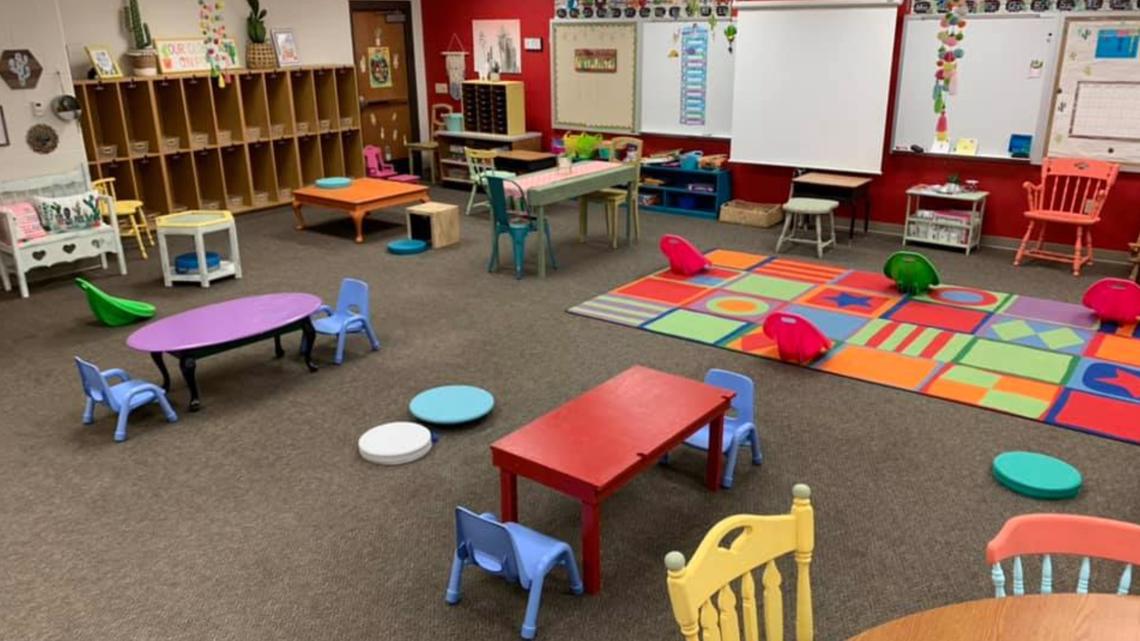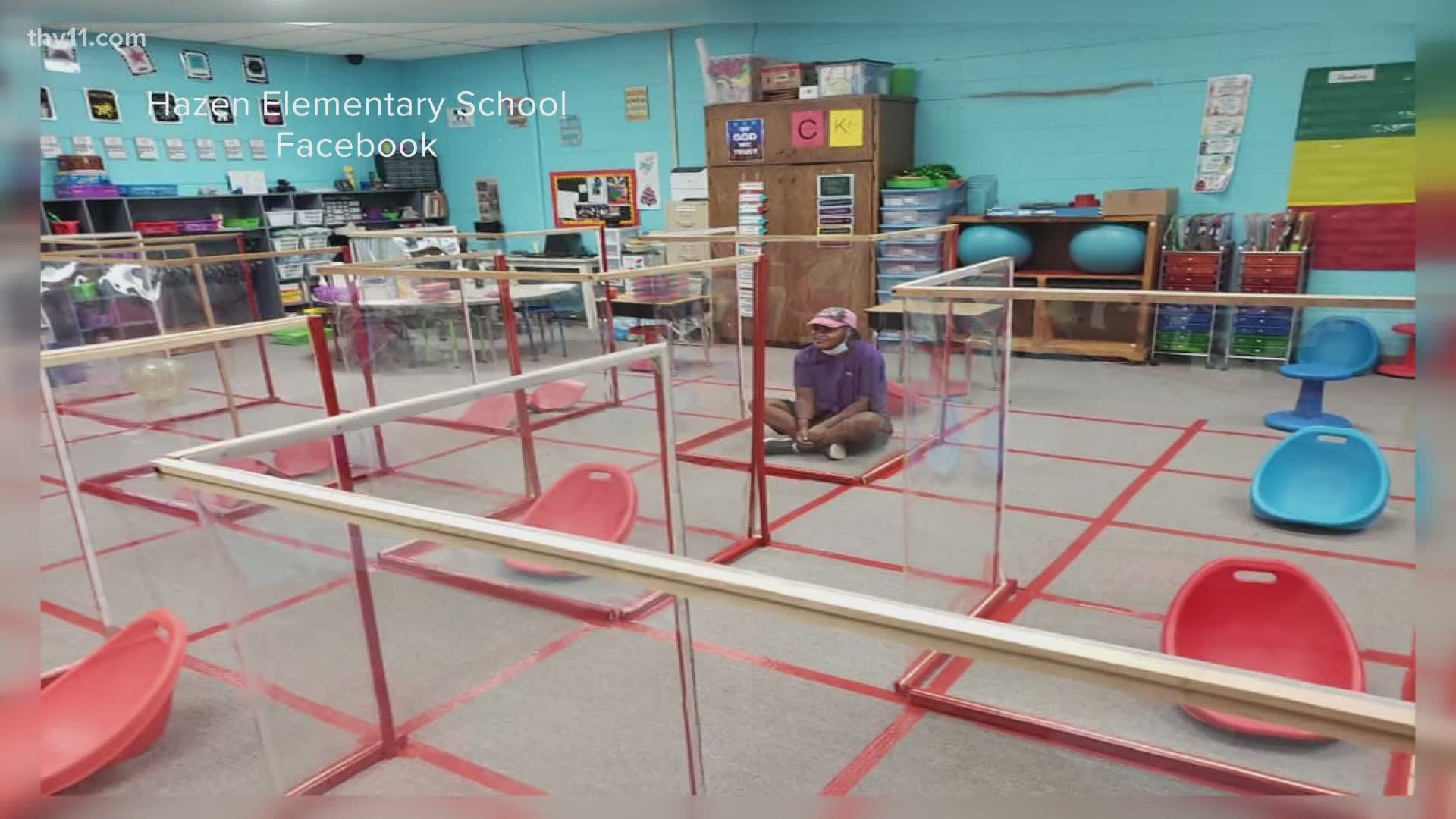LITTLE ROCK, Arkansas — School districts are faced with a new way of teaching.
As teachers start preparing for the return of students, there's a lot of concern about what social distancing in the classroom will look like.
For some, this has led to some creative thinking and planning to make sure everyone stays safe.
One Arkansas teacher told THV11 she will have 18 kindergartners in her class. She says she feels there's enough room for social distance.


Another teacher in Union County has switched to block scheduling to limit the number of students in his classroom at a time.
During his class, 10 kids will have their own table.
However, there are other teachers who don't feel comfortable with the room size.
A Jonesboro teacher told THV11 she would have more than 20 first graders in her class, but there's only enough room for 2 feet of distance between desks.
Chris East, a Cromwell architect that specializes in school design weighed in.
"Schools for years and years have been driven to be more efficient and cost-effective, so by having done that, the classroom sizes get bigger, the staff size gets smaller," said East.
East emphasized the two biggest things school districts need to do to keep teachers and students safe, reduce the class size, and keep everyone at least 6 feet apart.
To accomplish this, it's recommended school districts switch to hybrid courses of virtual and in-class instruction.
This will prevent a full classroom of students where social distancing can't be obtained.
East said to create more space in your classroom, remove any unnecessary furniture.
Teachers can also create what are called "zones." These are marked spaces that represent someone's personal space or a place for limited occupancy.
East also recommends that instead of students moving in-between classes daily, teachers could switch classes. This would lessen the number of people in the hallways.
To further reduce the spread of germs, it's recommended desks should face one direction, there should be marked pathways to reduce the amount of back-and-forth traffic, and no circulating fans.
East adds these new adjustments could have added costs and risks.
To make sure there is enough fresh air circulating within the buildings, extra energy consumption is required.
Schools will also need to have multiple entry and exit points to make sure kids don't crowd into and out of the buildings.
This will reduce the amount of touching and congregating of students, but it creates a higher risk of more access points into the facilities.
Another way kids can reduce the spread of germs is to have their own school supplies and to bring their own lunch and water bottle.

